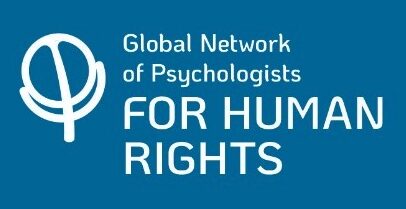The social psychology of inclusion and exclusion
Abrams, D., Hogg, M.A., & Marques, J.M. (2005). The social psychology of inclusion and exclusion. Psychology Press. https://doi.org/10.4324/9780203496176 Abstract This chapter reviews research on the consequences of being excluded from desired social relationships or groups, as well as the social psychological processes through which this occurs. Exclusion challenges people’s fundamentalContinue Reading
